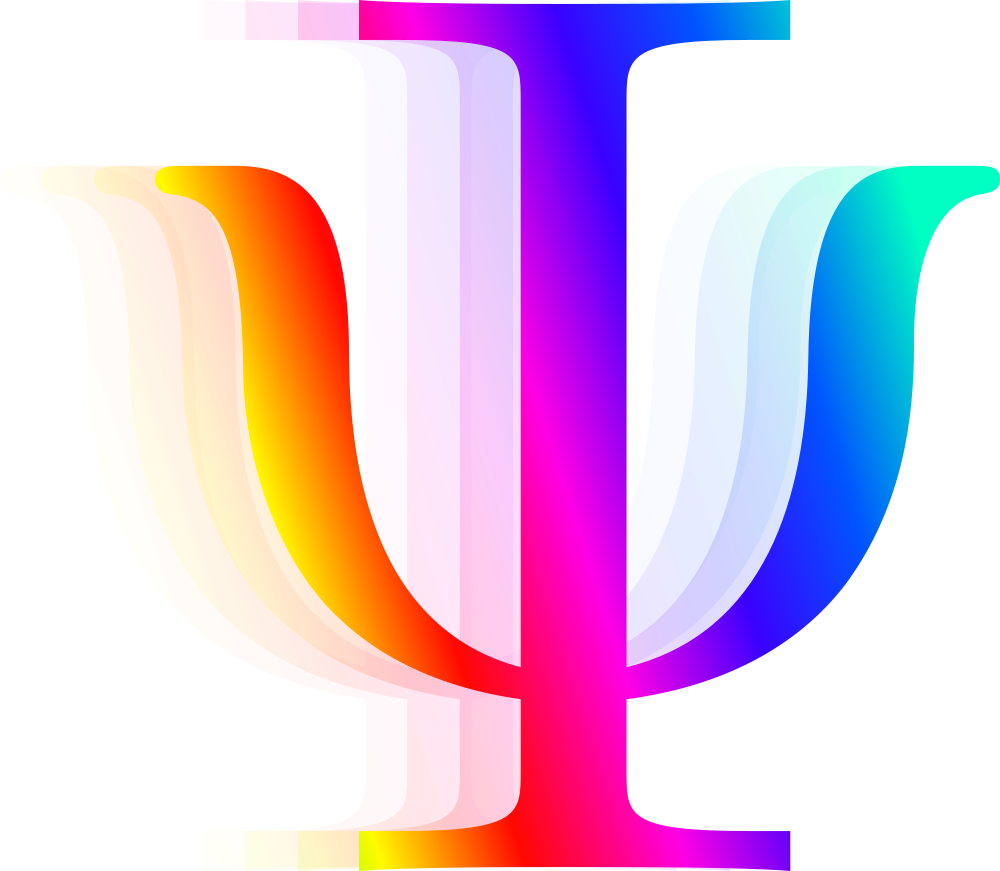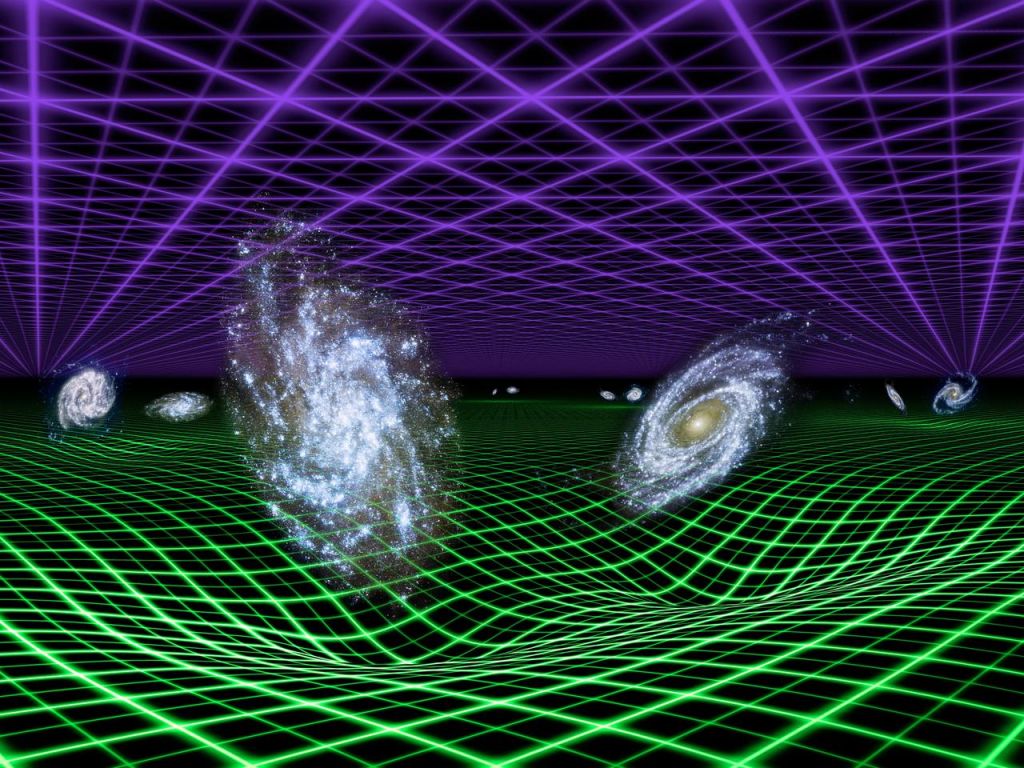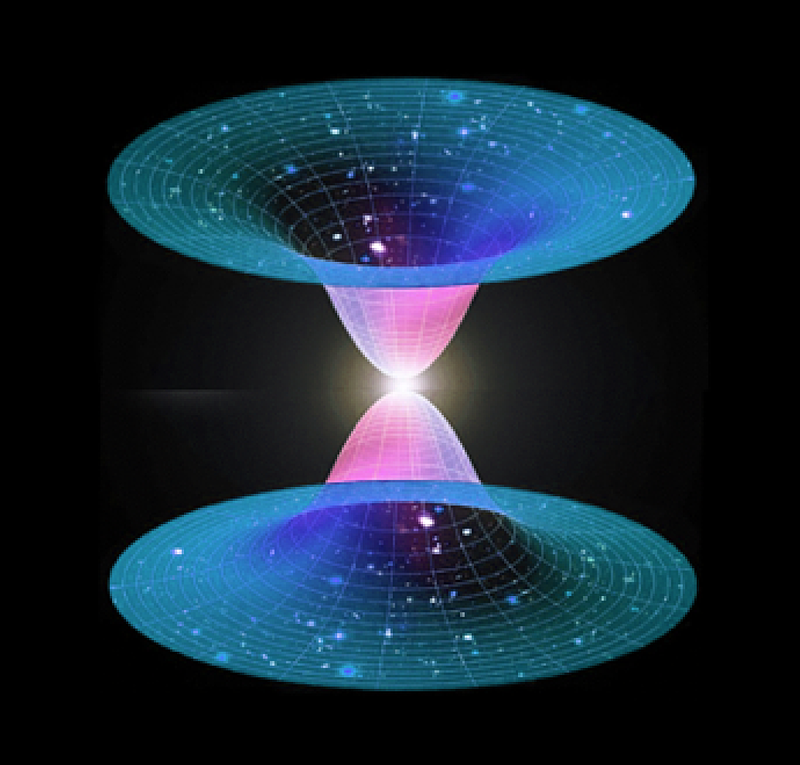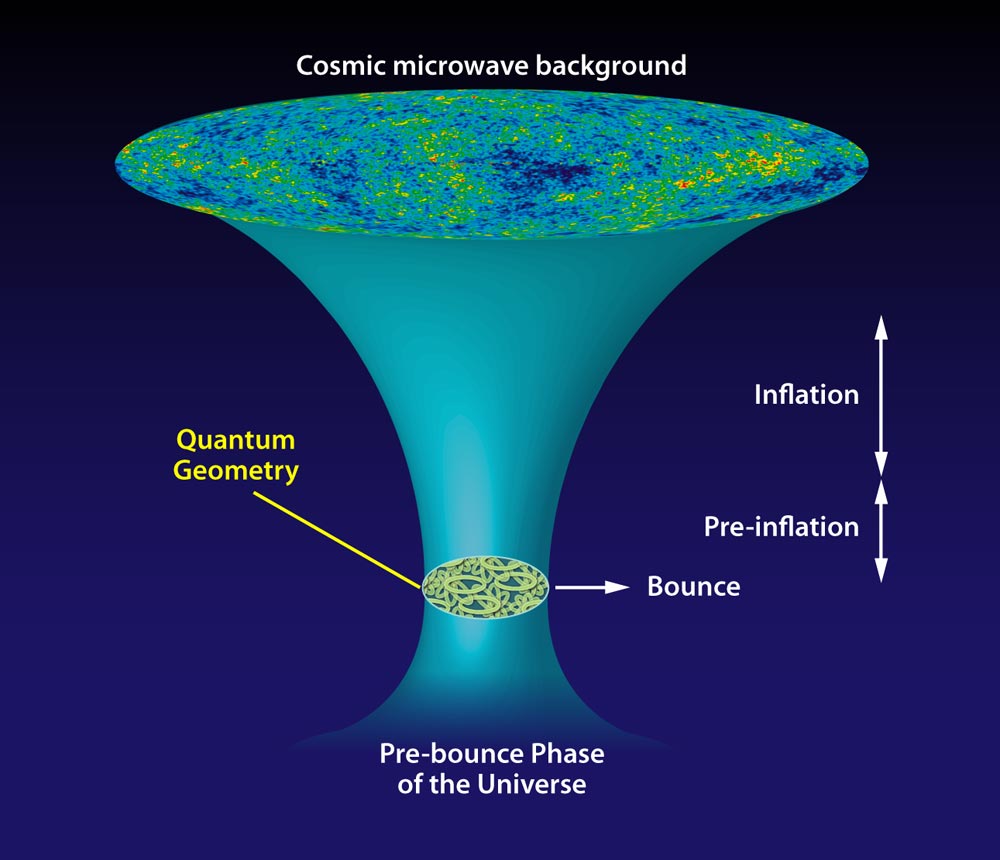
Loop Quantum Gravity
Loop Quantum Gravity (LQG) is a theory that tries to explain gravity by combining ideas from quantum mechanics and general relativity. It suggests that spacetime is made up of tiny, discrete loops rather than being smooth. These loops are the smallest units of space and show how gravity works at very small scales. LQG helps us understand the structure of spacetime in a new way.
Back Home
When was it discovered?
Loop Quantum Gravity was developed in the 1980s by physicists Carlo Rovelli and Lee Smolin. They worked to combine quantum mechanics with the theory of gravity to better understand how spacetime works at the smallest scales. The theory has been developed and refined by many researchers since then.

How does it help us?
Loop Quantum Gravity helps us understand how gravity works on tiny scales by suggesting that spacetime is made up of small loops. This new way of looking at spacetime could lead to discoveries about how the universe works, especially in areas like black holes and the early universe. It offers fresh ideas for exploring fundamental physics and might lead to new technologies.

How does thinking of spacetime as loops help us understand the universe?
Seeing spacetime as tiny loops helps us think of space and time as being made of small, discrete pieces. This idea changes how we understand gravity and spacetime, showing that they might be built from these tiny loops rather than being smooth and continuous. This perspective helps us explore and explain complex phenomena in the universe.
Recap
What is Loop Quantum Gravity?
It describes spacetime as tiny loops and combines quantum mechanics with gravity.
Who discovered it?
Developed in the 1980s by Carlo Rovelli and Lee Smolin.
How can it help us?
It helps understand gravity and spacetime, and could lead to new discoveries and technologies.